Let’s Get Sideways
Dodge’s LX Platform isn’t exactly what comes to mind when most people think “drift car.” Japanese imports like the Nissan 240SX and Toyota AE86 have dominated drift culture for decades. But according to Gushi Burr, a seasoned drifter at the overwhelmingly awesome Big Indian Drift Pit compound outside Buffalo, New York, the LX platform cars make incredibly capable drift cars with proper modifications and driving technique.
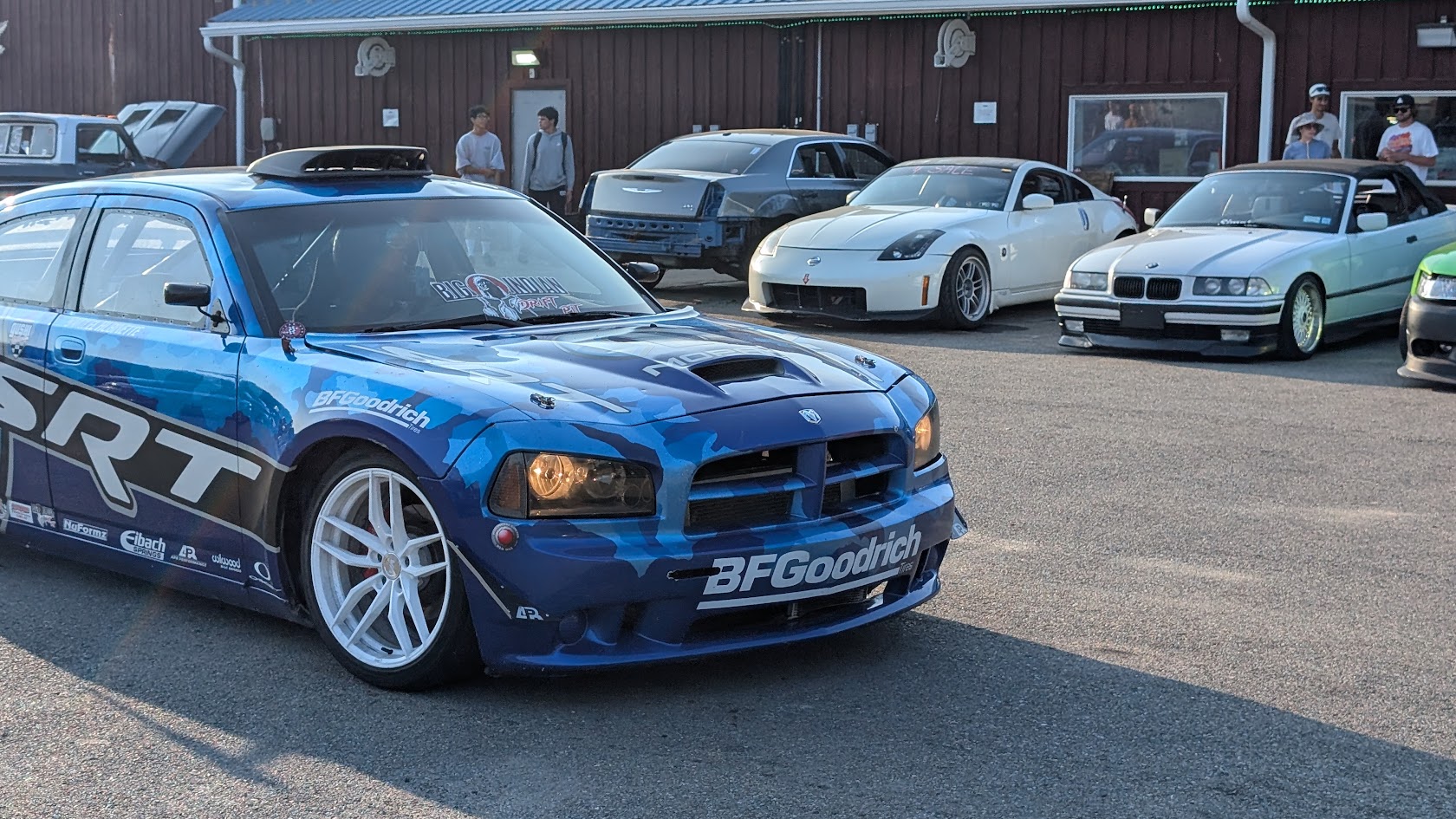
I sat down with Gushi to discuss the finer points of getting LX platform cars sideways on the second story of the media compound overlooking the drift pit’s controlled chaos. Gushi has spent several years proving that American muscle can hang with the best drift machines in the world. His fleet includes multiple Chargers, a Magnum and even a 300. All of them capable of putting down seriously sideways, smoke-filled runs that would make any drift purist reconsider their car of choice.
“You have to start with a good running car, obviously,” Gushi explains. His preference? 2009 and newer Chargers, Magnums and 300s equipped with the 5.7-liter HEMI® V8.
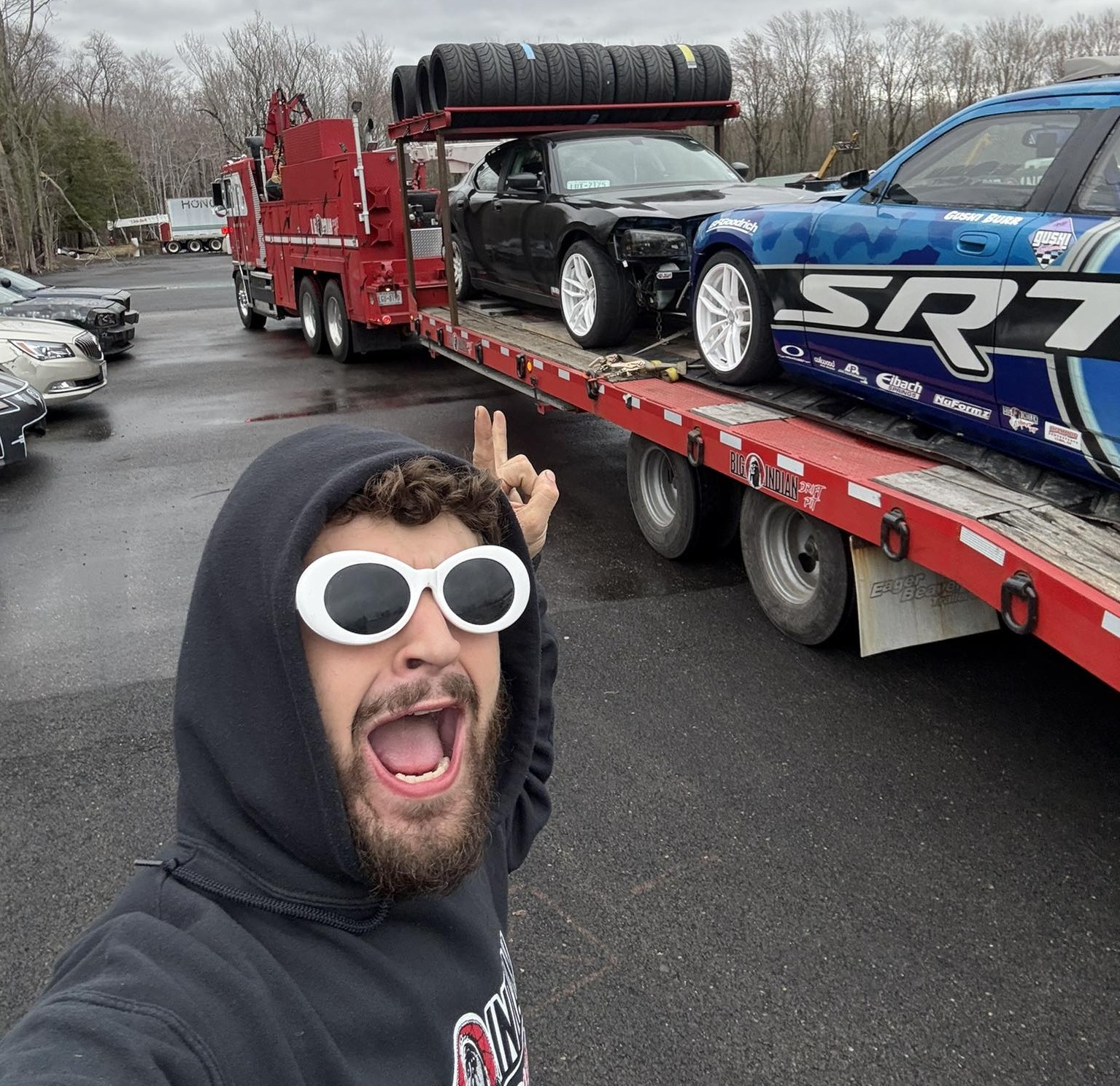
The beauty of choosing a Charger for drifting extends beyond just the mechanical reliability. Police interceptor models offer exceptional value, often available for $1,000 to $3,000 for older units, or $5,000 to $8,000 for newer examples. “Seventy-five percent of them are pretty well maintained,” Gushi notes, making them ideal candidates for conversion to tire-shredding duty. These fleet vehicles typically come with complete service records and have been regularly maintained by municipal motor pools around the country, though some may need cosmetic or mechanical attention.

The real advantage? These sedans are everywhere. Unlike hunting for increasingly rare, driftable cars, solid LX platform cars are available wherever you live. Junkyards overflow with parts, Facebook Marketplace is flooded with project candidates, and if you plan on building a motor and transmission for your project, blown-motor cars sell for $1,000 or less and make perfect parts donors or platforms for engine swaps.
The first modification on any drift build is addressing the suspension. “You gotta get it on coils, lower it down,” Gushi emphasizes. “They have a lot of body roll – big cars.” His weapon of choice? maXpeedingRods coil-overs, which he runs on nearly every build. The approach is refreshingly simple: “I just take them out of the box, tighten them up and lower them down.”

Here’s where Gushi gets emphatic: a welded differential is absolutely mandatory! “There’s no way you’re gonna drift these things without a welded diff. You could try a limited slip, but it’s not gonna last long.” He’s experimented with every available differential option for the LX platform, including all rear-end gears from 2.82 to 3.91, and consistently returns to the welded setup. The specific gear ratio matters less than having maximum lockup between the rear wheels.
Why does he recommend a welded diff over a limited-slip? Cost and durability. You can weld a differential or have one welded, saving hundreds or thousands compared to aftermarket differentials. More importantly, a properly welded diff is essentially bulletproof – no clutch packs to burn out, no degradation over time. The welded diff provides 100% lockup, 100% of the time, resulting in predictable, consistent behavior during sustained drifts. Just grab an open differential from a junkyard, weld up the spider gears and you’re ready to shred tires.
Gushi has tested everything from the fuel-efficient 2.82 gears to the aggressive 3.91 setups and has found success with all of them. “My 2.82s have been working fine,” he notes, emphasizing that driver technique matters more than optimal gearing, especially when learning.
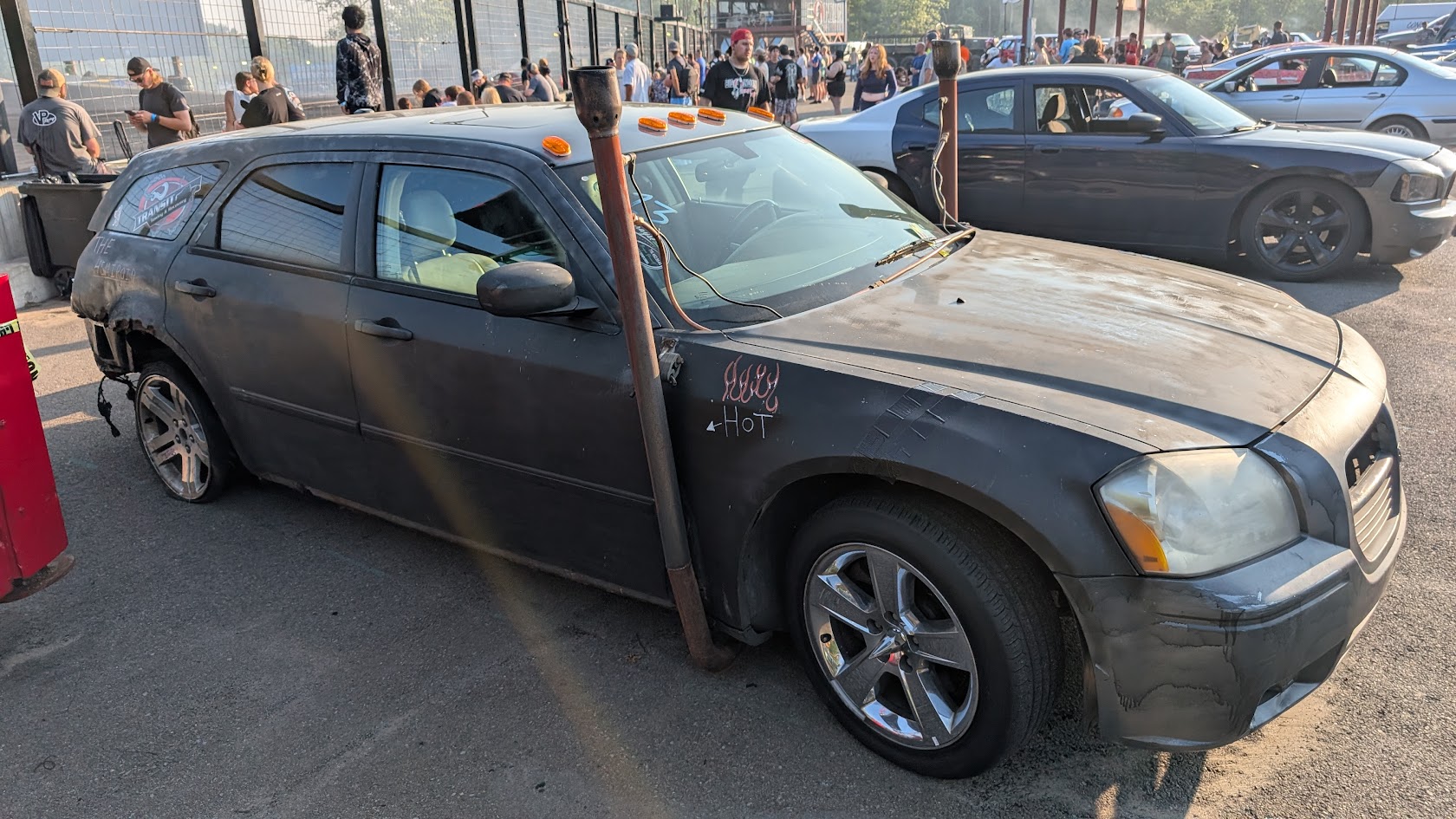
Let’s talk tires. Contrary to drag-racing wisdom, drift setups benefit from smaller, harder rear tires. Gushi recommends 17-inch or 18-inch wheels wrapped in 245/35 rubber, or smaller wheels, preferably with a high treadwear rating in the 400-500 range. “The smaller the tire, the freer it’s gonna spin. It’s gonna be easier for the machine – you don’t want to work it as much.” The front end receives the opposite treatment: spacers to widen the track width and maintain steering precision.
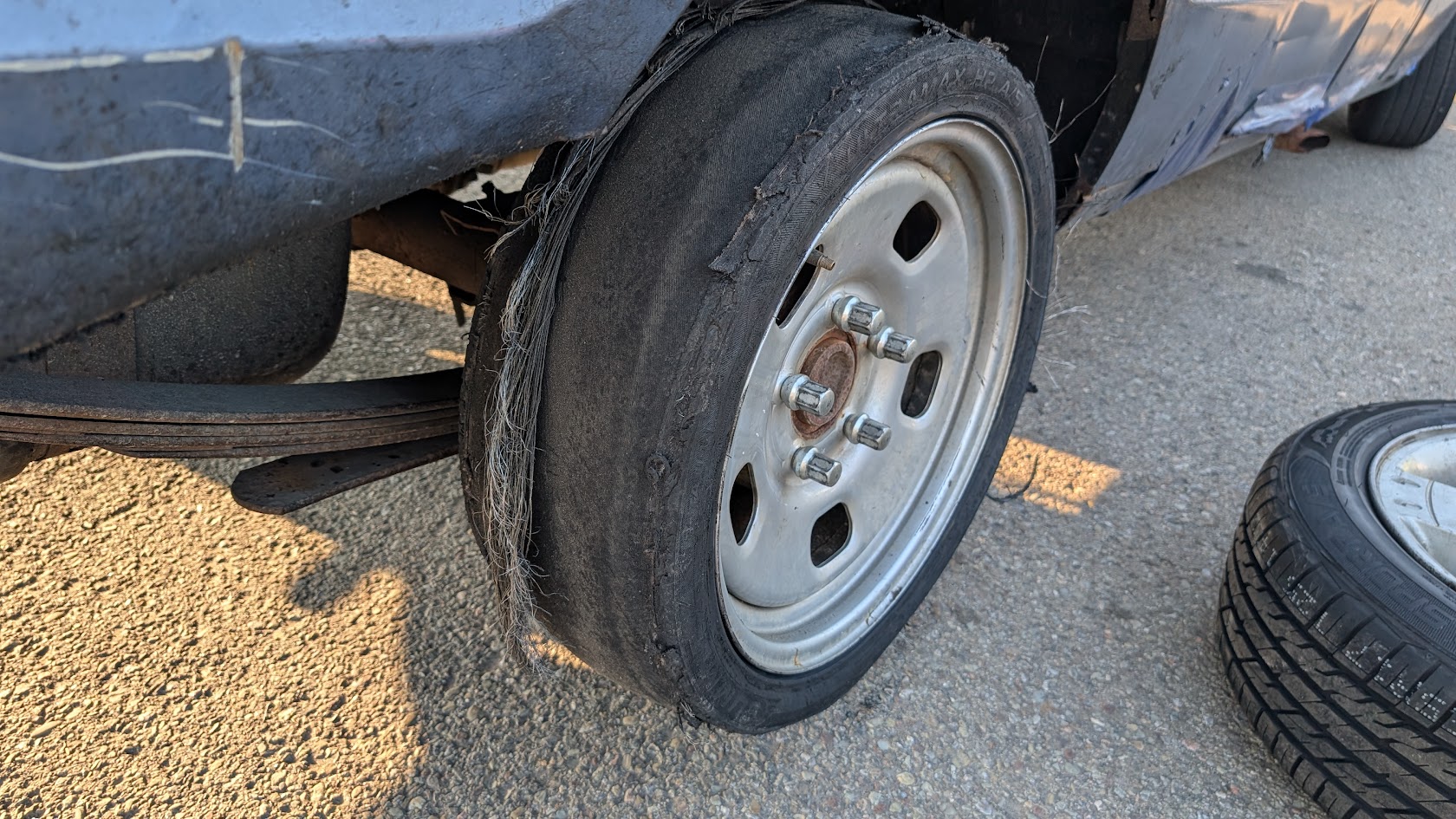
While many drift builds focus on power, Gushi emphasizes reliability in key areas. Differential bushings must be solid, as must the center support bearings and U-joints in the driveline. “Those are always the first things to go bad, so you want to make sure those are solid because those are going to be the first things that self-destruct and leave you stranded on track.”
This attention to a few details extends to precision during drift sessions. “You don’t want stuff walking around underneath you when you’re changing angle after you get the car set into a drift.”
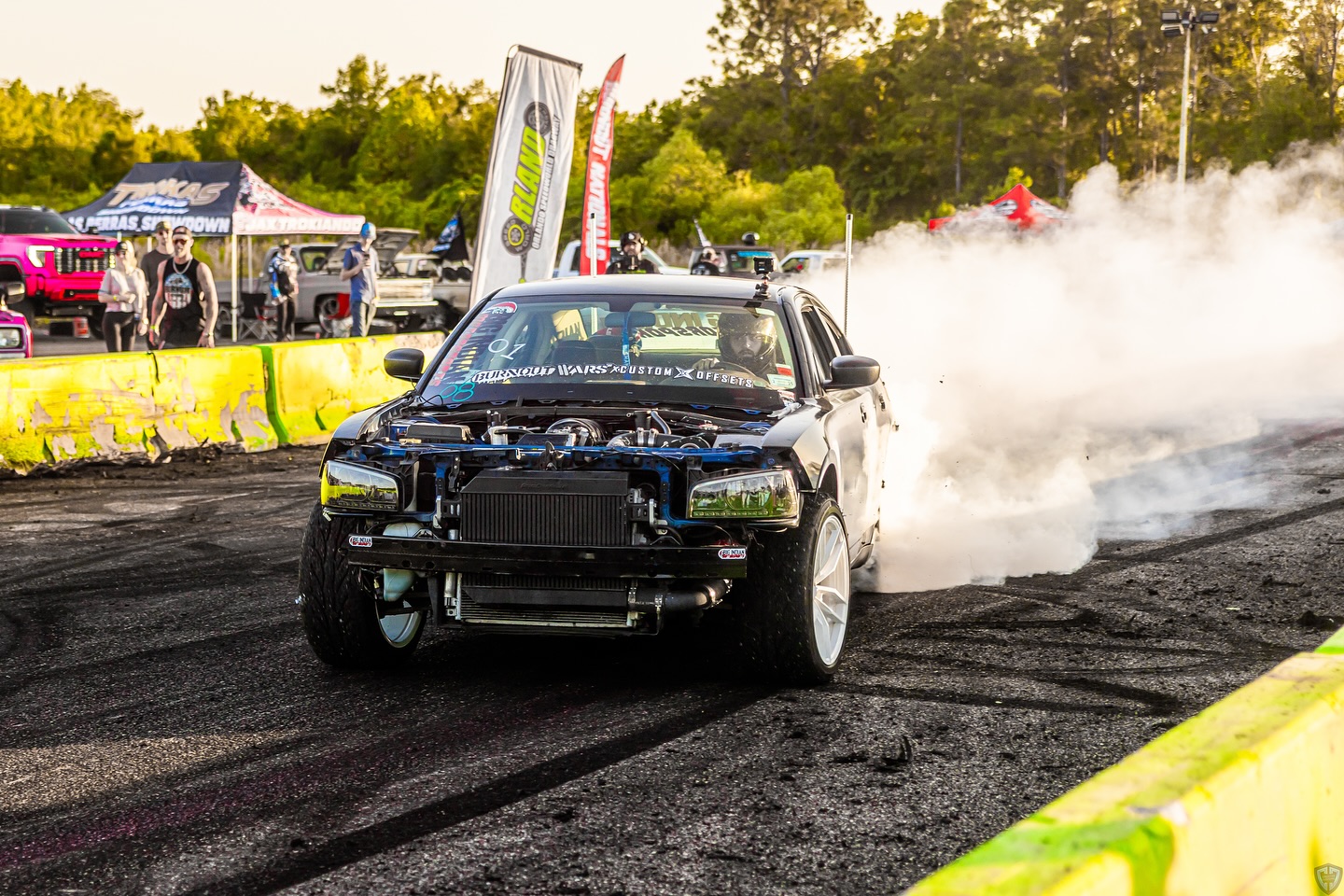
Pre-2013 LX platform cars come equipped with the NAG1 automatic transmission, which presents unique challenges for drifting. The transmission’s tendency to upshift during sustained high-RPM operation moves weight off the front tires at exactly the wrong time. This leads to understeer, and that is the enemy of keeping the rear tires sliding. While aftermarket tunes claim to address this issue, Gushi says he has had limited success with them. “People say there’s tunes for it to not make it upshift – I have been unsuccessful with those,” he explains, though he acknowledges he hasn’t deeply explored all tuning options.
There’s a silver lining for those hunting earlier models: 2006 Chargers came before Chrysler introduced the upshift programming. “I got an ’06 as well, that was before they introduced the upshifting to the platform because people kept blowing stuff up,” Gushi notes. These earlier automatics can drift the entire track without the frustrating mid-drift upshifts that plague later models.

The ultimate solution is a manual transmission swap. The TR6060 six-speed is a direct bolt-in conversion that uses the back half of a Challenger’s driveshaft, connected to whatever LX vehicle you’re building. “It’ll drive like any other drift car you could think of. The manual swap transforms LX platform cars from good to AMAZING.” The swap requires some tuning to dial in correctly, but maintains full street driveability while eliminating the automatic’s frustrating quirks. With a manual transmission, the Charger transforms from a challenging drift platform into one that holds its own with any traditional drift car.
Without a steering angle kit, Gushi relies heavily on weight transfer techniques to keep his cars sideways. A skill that takes time and practice to master. “Ninety percent of drifting is weight transfer. When you figure out how to make weight transfer from front to rear, you’ll be able to hold it sideways.” Rather than relying on braking to initiate drifts, he uses momentum and steering input to “chuck” the car into corners, letting the big sedan’s mass work in his favor.
The key is to use just the right amount of steering angle to maintain speed and control. “You can’t really use full angle in these things, or you will loop them,” he warns. The Charger’s weight and long wheelbase mean that overcorrection happens quickly and dramatically. Conservative steering inputs and smooth weight transfer keep the car balanced and predictable.
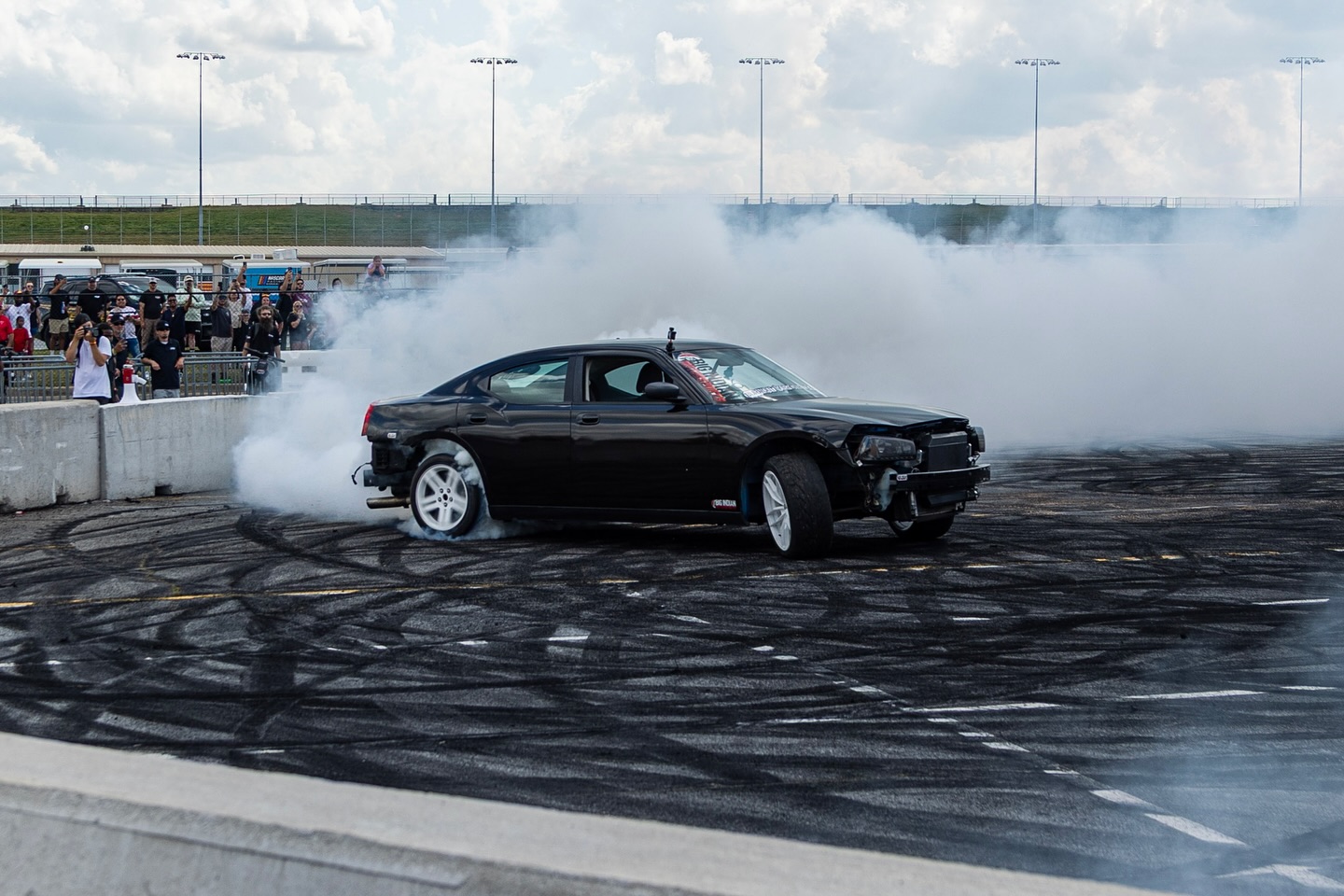
Driving an automatic transmission drift car compounds the complexity. “It’s tough – driving automatic is definitely not an easy job. It will take a lot of practice, and it might frustrate you.” When running out of power mid-drift, Gushi transfers weight back in the opposite direction, momentarily reducing load on the rear tires. This allows them to break free more easily during the transition into the RPM range where the engine makes power. It’s a technique that requires intimate knowledge of the car’s behavior and timing that only comes from seat time.
Stock HEMI engine power proves surprisingly adequate for learning drift fundamentals. The 5.7-liter produces enough torque to consistently break the rear tires loose, especially with the recommended tire setup. For those seeking more power, traditional Mopar® performance upgrades apply: ProCharger, Magnuson or custom turbo setups all work effectively.
Even the Pentastar V6 shows promise, with approximately 300 horsepower providing enough grunt for tire-smoking duties. “I’ve seen a couple guys come out here and do pretty successful burnouts,” Gushi notes, adding that a V6 drift build is on his future project list.
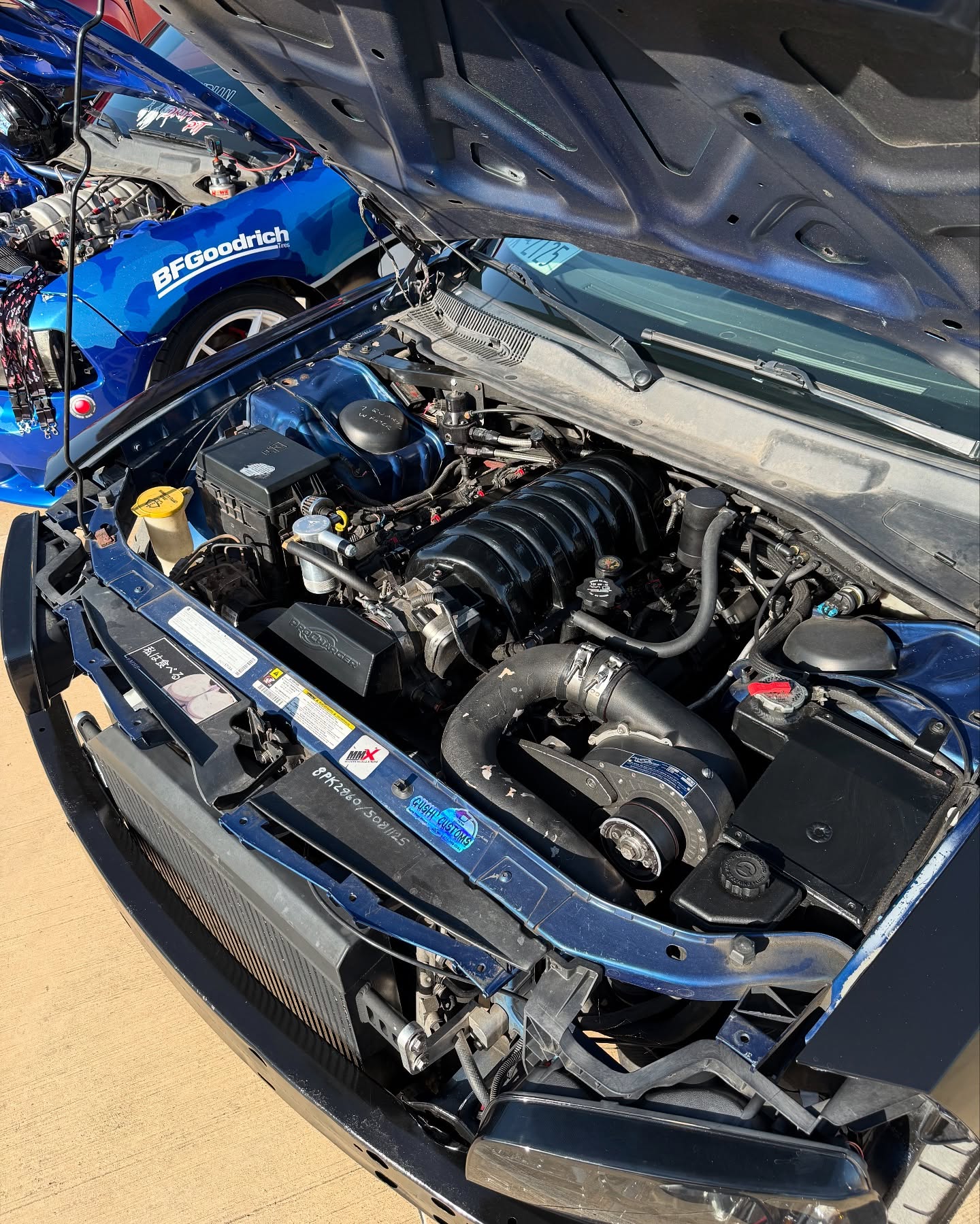
The LX platform’s transformation from highway cruiser to drift weapon requires commitment to the right modifications and techniques. With welded differentials, proper suspension and respect for weight transfer physics, the Charger, 300 and Magnum prove that American muscle can slide with the best of them – all while offering the practicality and affordability that make them accessible to enthusiasts ready to get sideways. As Gushi and the crew at the Big Indian Drift Pit continue to prove, sometimes the best drift car is the one nobody expects!
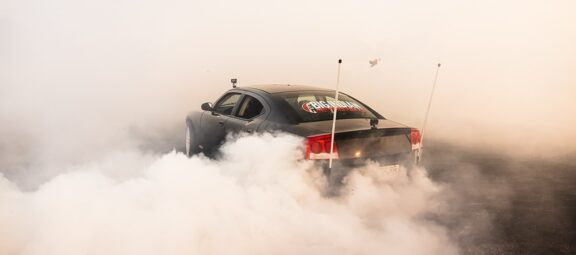
0 Comments